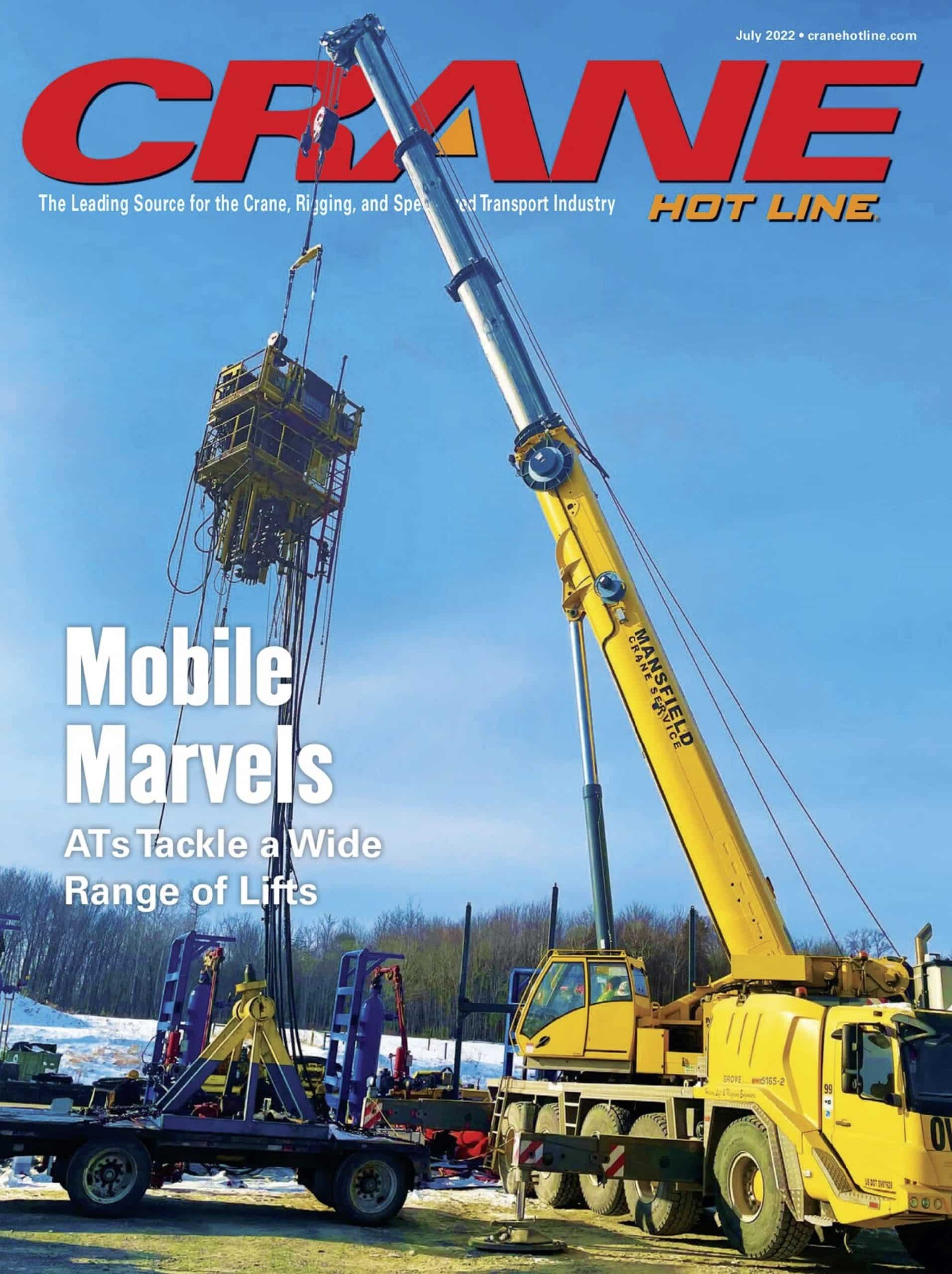Workplace safety is extremely important in any industry, but it is especially important in construction. There are lots of risks in the construction field, including but not limited to: falls, fires, broken bones, chemical or material exposure, explosion, and death. Fortunately, there are safety procedures in place to reduce these accidents from occurring. Every foreman must know these safety tips for all the heavy equipment used—even construction lifts. These basic safety tips when operating a construction lift will protect workers in the basket and on the ground from potential harm and other danger.
Keep a Clear Work Area
Whenever you operate a construction lift, you must keep a clear base and circumference. These areas must be clear of any humans, tools, or materials to operate efficiently. Otherwise, tools can fall and hurt anyone nearby or below. Further, although unlikely, a construction lift can tip or fall over. Therefore, it is always extremely important to clear the surrounding area.
Use Trained Operators
Only trained operators should use the construction lift. While this seems obvious, many untrained users don’t have the necessary certifications and knowledge that trained operators have. One of the biggest risks to workplace safety is insufficient operation. Fortunately, only our skilled operators use the construction lifts, so there is significantly less risk for injury or accidents.
Wear a Harness
A body harness with a secured lanyard will prevent workers from falling out of the basket. A slight bump or movement can make the worker lose balance and risk falling. This may be unlikely, but accidents do happen. Take precaution whenever you put yourself at dangerous heights because external factors can, and will, affect your balance, work, and safety.
Avoid Dangerous Conditions
There are many dangerous settings that risk safety with construction lifts. This includes windy conditions, going over the weight limits, sitting on the outer edges of the basket, and operating on unlevel ground. Lifts have specific weight limit capacities that could tip if materials exceed this. A good rule-of-thumb is to lift only lightweight supplies to remain under the limit. Likewise, extreme winds pose a considerable threat. There is a limit to how much wind a lift can take, so be cautious in harsh weather.
Don’t Override the Safety Features
This means you should only abide by the hydraulic, mechanical, or electrical safety features built into the machine. This is good to keep in mind when working on or near powerlines. Electrocutions can occur if a lift is not properly set on stable ground and away from live wires.
Regardless, at NessCampbell Crane + Rigging, we ensure the best Portland crane service around. Our construction lift operators receive the proper training and certification to handle for any project you have. Check out our selection of cranes and rigging equipment to rent for any-sized operation.






